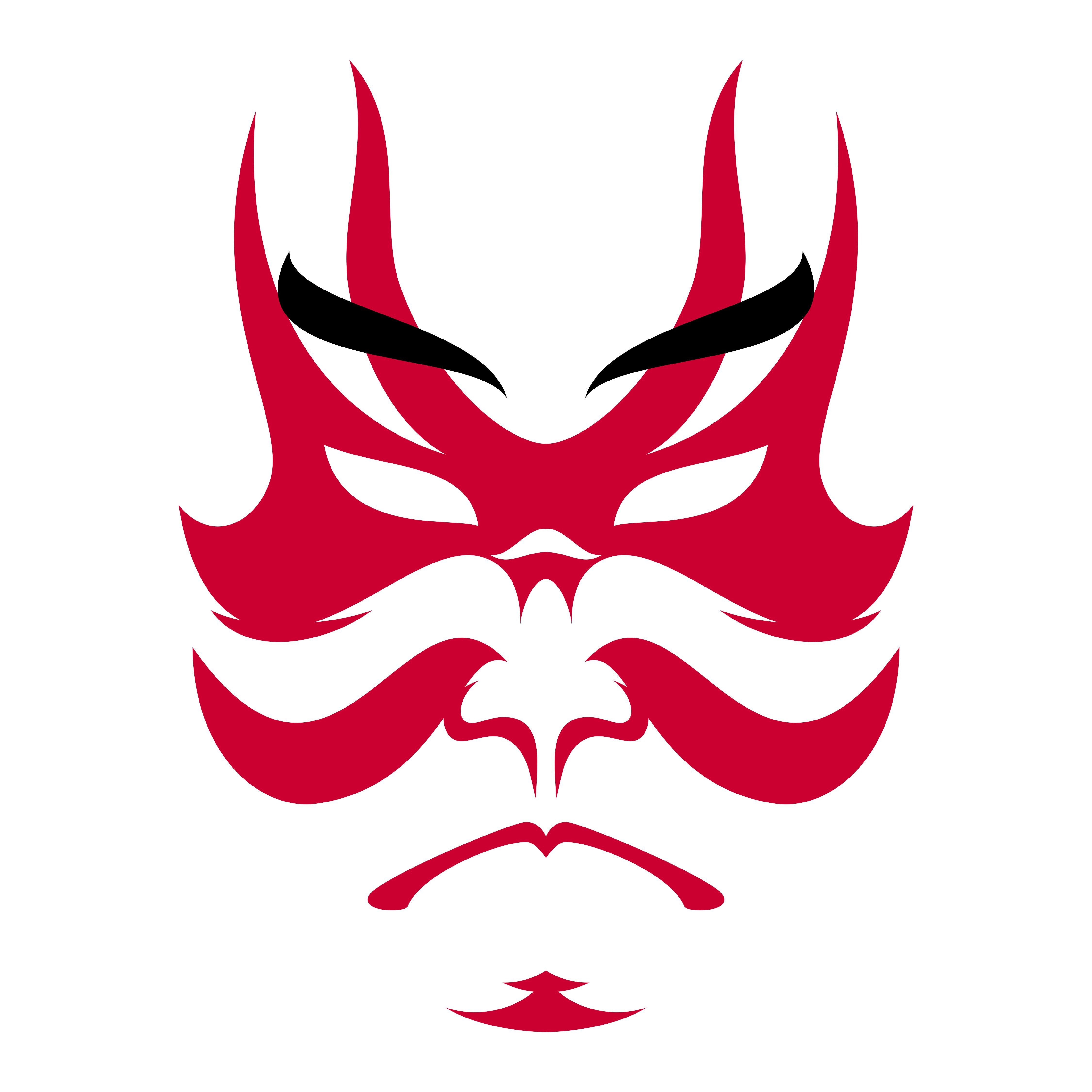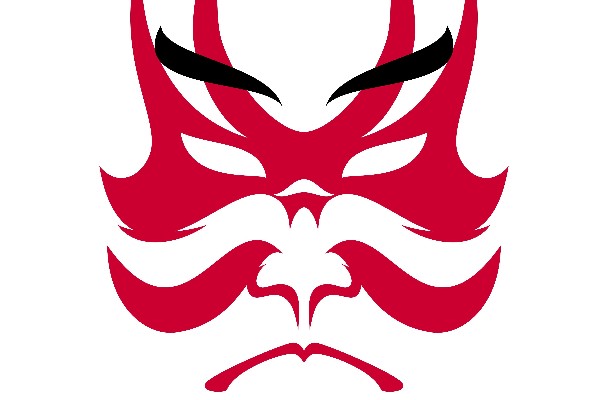
Kabuki is one of Japan's many traditional art forms. While it has very extravagant outfits and makeup, did you know there is actually a reason behind it all?
Let's shine a spotlight on the makeup portion of this art form and take a look into the meaning behind it.
Makeup Changes Depending on Role
Within Kabuki, the makeup a character has can actually tell you what role they're going to be playing during the performance.
First of all, the actor's face is covered completely in one color. White is for the virtuous characters or nobles, while brown is mostly used for townspeople or villains, and red is purely used for villains.
The main character in a story will typically always be pure white. This is because it helps them stand out during the performance.
The Kabuki world is often split into 2 groups, the kikugorou gekidan and the kichiemon gekidan, which one the performer identifies with is dependent on family lineage.
Within kikugorou gekidan, female characters are unable to paint their face white, and instead use tonoko, which gives a more true-to-life image. On the other hand, kichiemon gekidan main role actors ensure to paint their faces pure white.
When Talking About Kabuki Masks, What's "Kumadori" All About?
Kumadori is a form of face painting that emphasizes the face's muscles and veins. It's often used to express emotion on the faces of the actors.
"Kuma" refers to the shadow created when light hits the face. Within stages that use kumadori, the programs are typically referred to as "jidaimono". Jidaimono refers to performances that depict the lives of people during the Edo Period and past, things such as samurai and noble societies.
Kumadori colors are also dependent on the role of the actor. Red represents justice and bravery, as well as passionate youth. Blue represents coldheartedness and evil, with the majority of parts that use it being villain roles or ghosts. Brown is used for demons and ghosts.
Makeup Displays the Individuality of the Actor
Actors within kabuki will typically do their own makeup. It's because of this that the individuality of the actors comes out within their makeup. There are even people who finish their makeup in around 10 minutes.
Children will typically have their seniors do their makeup for them. Remembering how to do your own makeup is actually one of the steps to becoming a true kabuki actor.
When applying makeup, you must first start from what is known as bintsuke abura which is applied to not only your face but also your neck and décolleté, after that you paint your face white. Then, finally, on top of the white, you can then apply black, red, and blue lines. To apply these colors, you can use a brush or your finger.
To see the actual methods for applying kabuki makeup, check out this article:

Comments